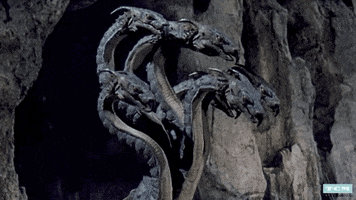iandanielursino
Well-Known Member
- Joined
- Mar 21, 2023
- Messages
- 105
- Reaction score
- 24
My plan is to bury 5 inch by 20 foot poles so that they protrude 15 feet, possibly with cement, and string a 26 foot or so line between them out to the north of my little orchard (my house is on 2.5 acres in Western Washington) so it doesn't shade them. The hops will be planted 3 feet apart on center in 1.5 foot square boxes of 2 x 12 which are mostly buried to prevent the rhyzomes from spreading about easily.
That makes 8 boxes, I'm planning to plant Tettnang, Hallertau, Spalt Select, Northern Brewer, Cascade, Centennial, Comet, and Tahoma. My understanding is that a rhyzome typically only goes down 6 inches, but that to maintain them I must cut away excess rhyzome each year so that they don't spread out too much.
Also obviously I'll need to get a nice ladder to go up 15 feet.
Does that make sense?
Anyone that knows poles want to comment on whether I need ground anchors to tension it? Or someone that knows hops on whether 1.5 foot boxes is too small or 2 x 12 boxes too shallow?
I got the idea of 3 foot on center boxes from this gentleman as I understand that without something there the rhyzomes would get all mixed up and I might not know which variety is which, and for that reason commercial growers use a larger row spacing between varieties:
That makes 8 boxes, I'm planning to plant Tettnang, Hallertau, Spalt Select, Northern Brewer, Cascade, Centennial, Comet, and Tahoma. My understanding is that a rhyzome typically only goes down 6 inches, but that to maintain them I must cut away excess rhyzome each year so that they don't spread out too much.
Also obviously I'll need to get a nice ladder to go up 15 feet.
Does that make sense?
Anyone that knows poles want to comment on whether I need ground anchors to tension it? Or someone that knows hops on whether 1.5 foot boxes is too small or 2 x 12 boxes too shallow?
I got the idea of 3 foot on center boxes from this gentleman as I understand that without something there the rhyzomes would get all mixed up and I might not know which variety is which, and for that reason commercial growers use a larger row spacing between varieties:










